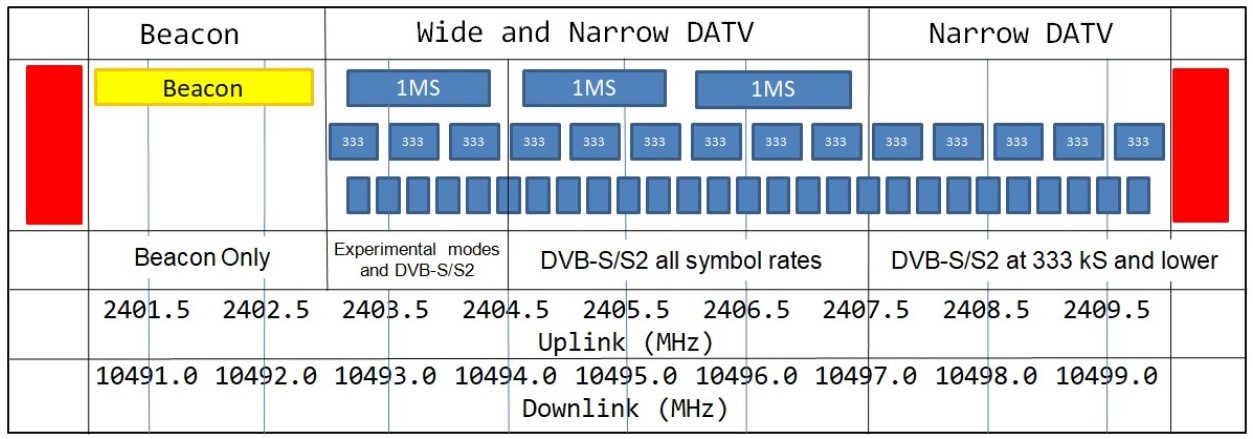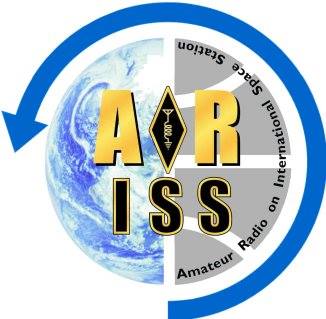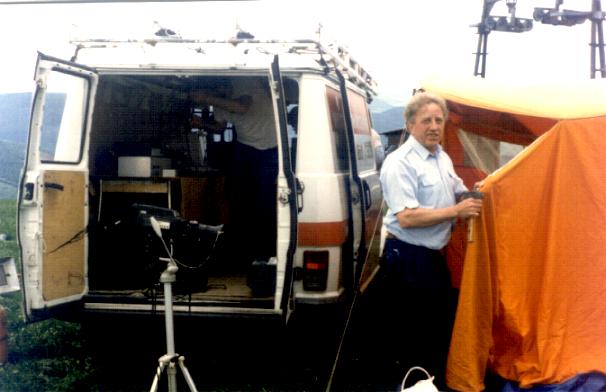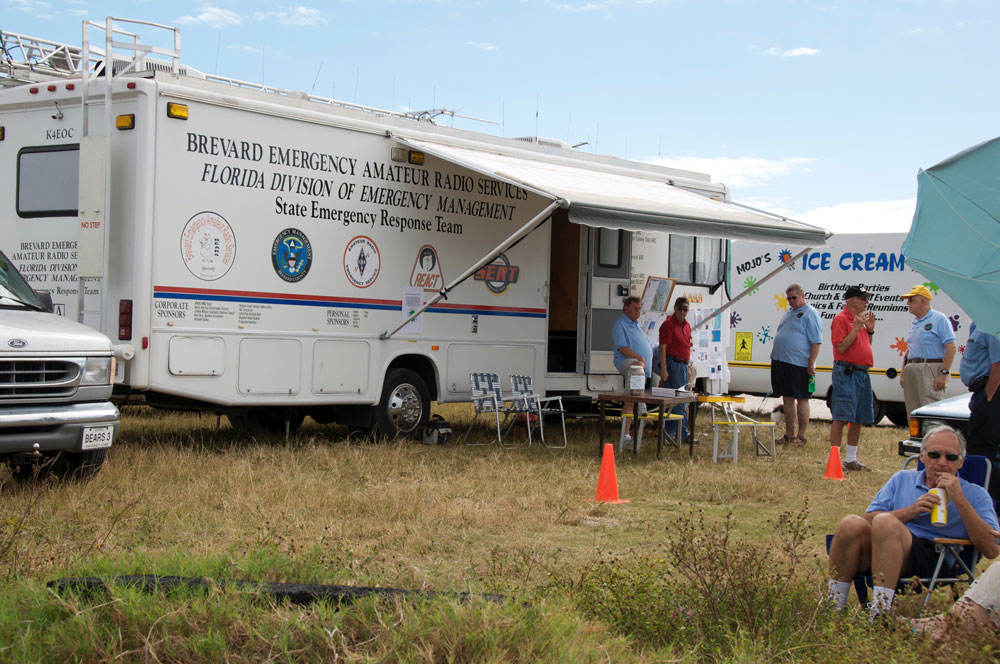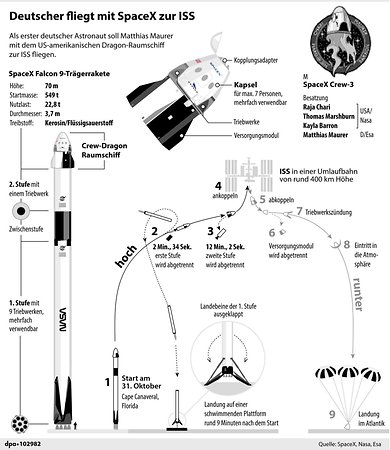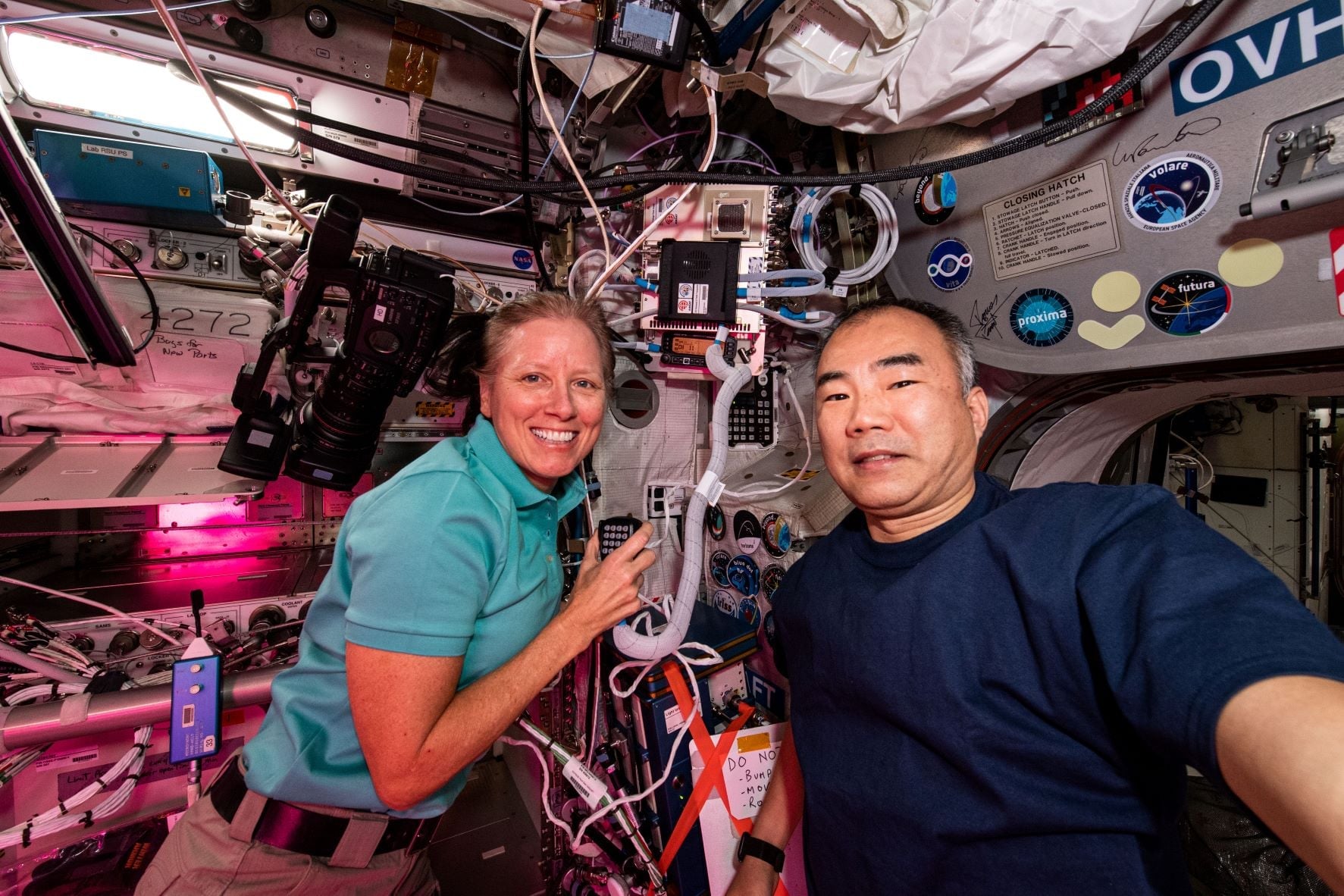Amateur Radio on the International Space Station (ARISS) has received schedule confirmation for an ARISS radio contact with astronauts. ARISS is the group that puts together special amateur radio contacts between students around the globe and crew members with ham radio licenses on the International Space Station (ISS).
This will be a telebidge contact via amateur radio between youngsters at the Childrens National Hospital, Washington, DC, USA and Astronaut Akihiko Hoshide KE5DNI. Amateur radio station IK1SLD, located in northern Italy, will be the ham radio ground station for this contact.
The downlink frequency for this contact is 145.800 MHz and may be heard by listeners in Europe that are within the ISS-footprint. The ARISS radio contact is scheduled for Tuesday September 21, 2021 at 18:05 UTC, which is 20:05 CEST.
The event will possibly be webcast from the IK1SLD ground station on https://www.ariotti.com/
School Information:
Hi there from Childrens National Hospital! We hope your day is out of this world. We are so excited to blast off and have an incredible ARISS contact – but first you should get to know us better. Childrens National Hospital is a nationally ranked, freestanding, 323-bed, pediatric acute care children’s hospital located in Washington D.C. Children’s National Hospital is ranked the number 1 pediatric hospital in the DC-MD-VA region and one of the top 10 pediatric hospitals in the country by U.S. News & World Report. Last year, we saw more than 219,000 children from the nations capital, Maryland, and Virginia as well as from across the country and around the world.
Inside the walls of Childrens National is a very special place for some very special kids, „Seacrest Studios“. Established by the Ryan Seacrest Foundation in 2015, our state-of-the-art facility gives kids an interactive space to explore radio, television, and social media, share their on-air talents and participate in entertaining programs that are broadcast directly to patient rooms. Our studio is the ultimate playroom, providing fun games, arts and crafts and other creative outlets that contribute to the healing process for children and families dealing with illness.
Located in the nations capital, Seacrest Studios at Childrens National Hospital has had the privilege of working closely with NASA and the Smithsonian Air and Space Museum while continuing to provide space and STEAM related programming to our patients and families. We are humbled and honored to be chosen for ARISS and are looking forward to bringing more educational opportunities to the patients and families here. We cannot wait to chat with you soon! Thank you!
Students First Names & Questions:
1. What are some of the tools that you use to help you safely breathe in space?
2. What do the Northern Lights look like in space?
3. What does your body feel like in space? How do you feel normal again?
4. Can you please describe the most beautiful thing you’ve ever seen in space?
5. Is the food we buy on earth the same food you eat in space?
6. How do you feel emotionally and physically during the initial takeoff? What is the atmosphere like inside of the rocket?
7. Has there been any discovery that there is other life in this universe?
8. How much of Earth can you identify from space?
9. What happens if you get injured/hurt in space? Are there doctors on board?
10. How long does it take to get to Moon and Mars from Earth?
11. How heavy is the spacesuit?
12. What inspired you to become an astronaut?
13. What species of animals have been to space?
14. Can you have your own pets in space?
15. Where do astronauts sleep while in the spaceship?
16. How do you clean your spacesuit while in space? Do you have laundry on board?
17. What specific devices do you use to stay active and workout while in space?
18. What was the coolest part about training to become an astronaut?
19. How does it feel to come back to earth and how does your body react?
20. What galaxy would you like to go to most and why?
21. How old were you when you first went to space?
22. Where does your trash go?
Quelle: Gaston Bertels, ON4WF
Update:
It was a remarkable 10 minutes that students and patients at the Children’s National Hospital in Washington, D.C., are not likely to forget: a question-and-answer exchange on Tuesday, September 21st, between an ISS astronaut and the young patients in the pediatric acute care hospital in America’s capital city.
According to Bob Koepke, AA6TB, the event’s technical mentor, the ARISS contact was arranged with Seacrest Studios, the educational space inside the hospital to continue patients‘ education while they are receiving treatment there. The space and communications component is coordinated with the help of the Smithsonian Air and Space Museum, NASA and the local Alexandria Amateur Radio Club. Bob said the hospital’s proposal for the ISS contact had been accepted in March of 2020 but concerns for COVID safety changed the shape of the event. Instead of using an on-site amateur radio station for the contact, it would rely instead on a multi-point telebridge with Claudio Ariotti, IK1SLD in Italy, eliminating the need for a large gathering of people. The patients stayed in their rooms, connecting to the action via an iPad and the help of a hospital staffer.
JAXA astronaut Akihiko Hoshide, KE5DNI, was ready and fielded 16 questions, using the callsign OR4ISS, during the 10-minute pass. More than 1,300 students and patients from kindergarten to 12th grade enjoyed the event, along with 500 parents and 400 professionals.
arnewsline.org
